EPISODE LISTINGS
Cameron Peters: Welcome back Home and High Water listeners. As we move through this season, in addition to our full-length stories, we are also going to feature shorter, bite-sized episodes that you can listen to as you make your coffee or enjoy on a short walk. This is a new endeavor, so let us know what you think and send us your questions on coastal resilience. What topics do you want us to dig into? We might feature your questions in a future episode. You can email us at ces@fau.edu.
This is FAU’s Home and High Water, a podcast by the Center for Environmental Studies at Florida Atlantic University about research that uncovers how we live, adapt, and thrive in a changing climate. I’m your host, Cameron Peters.
When I recently spoke with Jeff Huber, Associate Professor and Interim Director at Florida Atlantic University’s School of Architecture, he said something at the beginning of our interview that caught my attention.
Jeff Huber: The mantra I always say is plants not pipes.
Cameron Peters: Yes, you heard correctly, he said “plants not pipes.” Professor Huber is talking about something called “Low Impact Development,” also known as “green-infrastructure,” where the natural characteristics of plants, like their ability to filter pollutants, are utilized in stormwater management to help protect our water and aquatic ecosystems. And as someone who is fascinated by climate solutions that already exist, this sounded like something we should be talking about. So today, we are going to dive into what you need to know about Low Impact Development and its potential to transform Florida’s climate-response.
Jeff Huber: Low Impact Development is thinking of plants in the same way you'd think about them as a pipe. Now that's a cognitive leap I understand for most people, like, "Hey, wait a minute, a plant is a plant, and a pipe is a pipe." But pipes fundamentally transport pollutants, they transport volumes of stormwater runoff from one place to another. The plant can generally do the same amount of dealing with volumes of stormwater, and it's because they go through the three main elements that we think.
Cameron Peters: The similarities between plants and pipes are clear, but plants also have some additional superpowers.
Jeff Huber: They filter, they can allow for infiltration of water, but they can also evapotransprate water.
Cameron Peters: Meaning that they can also release some of that water back into the air.
Jeff Huber: And so, when you have these mechanisms at work, they really do operate like a pipe, but unlike the pipe, they can also reconcile or deal with the quality of that water. So, they clean the water through the phytoremediation, the fact that they can either sequester pollutants, they can break down pollutants chemically within their metabolism, or they can go ahead and... You know, do a range of them by evaporating or breaking down the complex kind of carbons or complex molecules that we need to deal with and reconcile within an urban environment, especially due to a lot of our stormwater run-off.
Cameron Peters: Plants are mighty cleaning machines. And this makes them a valuable material for residents, businesses, architects, landscape architects, and urban designers who are facing the realities of our urban environments and some of the major challenges facing stormwater management: the combination of flooding and pollution.
Jeff Huber: Let's just look at what our current condition is, and what I always found interesting and fascinating in the research that I've done is that if you understand the first hour of stormwater runoff has a pollution index far greater than that of raw sewage, it starts to put your mind around like, wow, there is a tremendous amount of contaminants, carcinogens and other types of oils, other issues that run off of our urban areas, and it's just based on the products that we use on a daily life. It's coming from our cars. It's coming from our pets. I was actually shocked to learn that pet waste is one of the largest contributors of...quality issues in urban environments and especially in suburban environments, and, but it's all of these unique challenges that I think we're going to have to see our daily lives shift from, how do we begin to move around cities?...What's that runoff look like? I think in South Florida, it's going to be unique because we're going to see low-lying areas that {flood} during two times of the day, high tide, both high tides, we're going to have flooding potentially happening in our streets because we just cannot pay to elevate everything.
Cameron Peters: Another pollutant we might not immediately think of is salt water from high tide flooding. Salt water can easily kill landscaping plants that are not salt tolerant, and will slowly corrode underground pipes and foundations over time, which can lead to other serious infrastructure problems. When the tides rise high enough to flood our streets, salt water can also degrade storm drains, the undersides of automobiles, and even some building walls and doorways.
Low Impact Development can help confront these challenges through technologies including bioswales, rain gardens, tree box filters, and constructed wetlands, to name a few. Let's take a step back and look at the differences between hardened and green infrastructure.
Jeff Huber: Hardened infrastructure to me is sea walls, it's going to be rip rap, it's going to be the things that do not integrate ecological systems, I.e., they do not integrate plants. I think we're gonna have to use plants as infrastructure, no longer can our landscape around our cities be ornate, it cannot just serve as just the decoration on our city, they actually have to do things for us. And so... And plants through things like phytoremediation have the unique ability to clean up the environment, but they also through phreatophytic {plants with deep root systems that draw up large volumes of water} types of plant species that soak up huge amounts and volumes of water, they can become the bio-pumps to really work for our communities. And that's where the innovation and the new research that we need to find, because there's not a lot of action, nor is there a lot of understanding in that realm right now, especially in subtropical regions, especially in South Florida, to understand what is the plant's ability to absorb water, to clean the water, but also to manage the flooding issues that we're having and that we will continue to have more so in the future.
Cameron Peters: So, what does Low Impact Development look like in practice and how can it shape future development in Florida?
Jeff Huber: We have what could be interesting, blue streets and green streets that are highly botanizing the asphalt in those locations to begin to deal with and reconcile, not to eliminate stormwater and flooding, but to reduce the residence time that that stormwater is sitting in the street, and that's the primary function, because if we're talking about quality of life issues, if we're talking about doing it in an affordable ways, ways in which we as taxpayers can pay for the types of infrastructure we need, it may not be silver bullets where we can raise everything, it may be that we look at these unique challenges of designing things for flooding, designing things in a way that we, at least when we do flood, we can get back to some semblance of normalcy within a short period of time, whether that is seasonal or diurnal, daily.
Cameron Peters: As an architect and landscape architect, Professor Huber sees Low Impact Development as an opportunity to meet climate challenges that are already here and in the near future, while also offering Florida the potential to face these challenges in highly-creative ways.
Jeff Huber: Those are the kind of unique challenges I see in the future. But to me, that creates such an optimistic world that we could live in here, especially in South Florida, where people would probably be, I think, attracted to those kind of daily lives like, come to South Florida where you can see how they are... thriving within these events, how we have been able to re-adapt our infrastructure to work in a completely different way that you don't see anywhere else in the world. And that's where I find our set of challenges much more unique and potentially highly innovative than let's just say areas and communities that have been dealing with flooding for centuries like New Orleans or the Netherlands that are below sea level. We can't build walls and levies like they can, but we can build a kind of tapestry of infrastructure and especially infrastructure based on nature, nature and nature-based features that could begin to reconcile the way in which we manage flooding.
Cameron Peters: Low Impact Development offers potential to face some of Florida’s present and future stormwater challenges by taking ecosystem services of plants and reintegrating them into our landscapes and cityscapes, strengthening Florida’s flood resilience.
Home and High Water is produced, edited, hosted by Cameron Peters. Music and Sound Design by FAU Assistant Professor of Music Matthew Baltrucki, Zachary Binder, Brendan Lyons, and Matt Bielasiak. Theme music by Matthew Baltrucki. Special thanks to CES Director and FAU Professor Dr. Colin Polsky, Associate Professor and Interim Director at Florida Atlantic University’s School of Architecture Jeff Huber, and CES Assistant Director Kimberly Vardeman.
You can follow Home and High Water on Twitter and Facebook @CESatFAU. You can email us at ces@fau.edu. 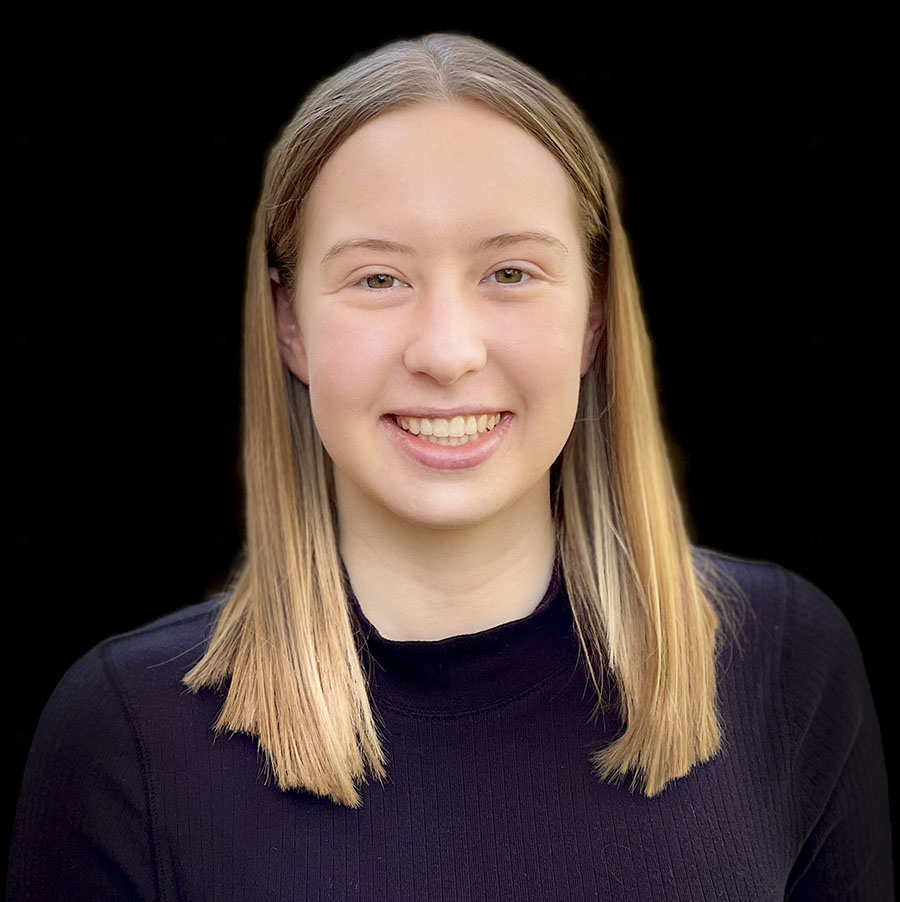 Cameron Peters
Cameron Peters
Host of Home & High Water |
S1 E4. Plants Not Pipes: A Solution to Florida’s Stormwater Pollution ProblemPublication date: June 9, 2021 What if plants could offer a natural solution to Florida’s climate change challenges? This week, we dive into what you need to know about Low Impact Development and its potential to transform Florida’s climate response with Interim Director and Associate Professor of FAU’s School of Architecture Jeff Huber. Additional Resources:
With the release of this episode, we are thrilled to share a new addition to our podcast series: Home and High Water: Resilience In Focus. These “bite-sized” episodes (around 10 minutes each) will give you a brief dive into a particular resilience topic, helping you to stay up to date in our latest coastal and climate resilience research. |
||
| Featured in this podcast: | |||
|
Jeffrey E. Huber
|
|||
|
Check out our podcast newsletter for this episode: |
|||
 Cameron Peters
Cameron Peters
Host of Home & High Water |
S1 E3. Why Do We Care About Our Salt Marshes?Publication date: May 2021 How do we value an environment? This is a question scientists and economists have been studying for decades through what's known as ecosystem services, a term researchers use to describe what ecosystems provide to humans.
|
||
| Featured in this podcast: | |||
|
Alyssa Jones-Wood
|
Dr. Robert Johnston
|
Dr. Colin Polsky
|
|
|
Check out our podcast newsletter for this episode: |
|||
 Cameron Peters
Cameron Peters
Host of Home & High Water |
S1 E2. Neighborhood Climate Resilience, Part 2: “To Endure And Survive”Publication date: March 2021 To better understand and document the resilience of a particular community, we need more complex and individualized information at the local level. In Part 2, we focus on what our research team discovered about the local landscape when they began to collect information about community resilience at the neighborhood scale.
|
|||
| Featured in this podcast: | ||||
|
Bridget Huston
|
Leslie Kevles
|
Jan Booher
|
Dr. Colin Polsky
|
|
|
Check out our podcast newsletter for this episode: |
||||
 Cameron Peters
Cameron Peters
Host of Home & High Water |
S1 E1. Neighborhood Climate Resilience, Part 1: “Things Are Changing”Publication date: March 2021 In a rapidly changing climate, being able to map and quantify the vulnerability and resilience of a community is critical because it is often the first picture decision-makers have of an area, shaping vital policy decisions from hazard preparation to response.
|
|||
| Featured in this podcast: | ||||
|
Bridget Huston
|
Leslie Kevles
|
Jan Booher
|
Dr. Colin Polsky
|
|
|
Check out our podcast newsletter for this episode: |
||||
 Cameron Peters
Cameron Peters
Host of Home & High Water |
|
ADDITIONAL INFORMATION
|
CES TEAM |
||||
| Home and High Water is produced, edited and hosted by Cameron Peters. Special thanks to CES Director and FAU Professor Dr. Colin Polsky, and CES Assistant Director of Research Kimberly Vardeman. | ||||
 Cameron Peters
Cameron Peters
Host of Home & High Water |
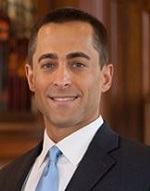 Dr. Colin Polsky
Dr. Colin Polsky
CES Director |
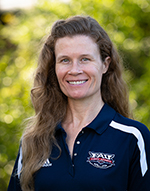 Kimberly Vardeman
Kimberly Vardeman
CES Assistant Director of Research |
||
MUSIC TEAM
Music and Sound Design by FAU Assistant Professor of Music Matthew Baltrucki, Zachary Binder, Brendan Lyons, and Matt Bielasiak. Theme music by Matthew Baltrucki.
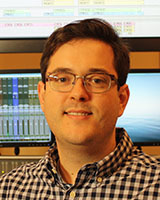 Matthew Baltrucki
Matthew Baltrucki
FAU Assistant Professor of Music |
Musician, audio engineer and producer, Matt Baltrucki holds a bachelor’s degree in Commercial Music Technology from Florida Atlantic University in Boca Raton, Florida, and a Master’s degree in Sound Recording from McGill University in Montreal, Quebec. As a producer, recording, mixing and mastering engineer, Matt has, and continues to work with ensembles across many diverse styles of music, from traditional and modern classical chamber music, to contemporary tango, jazz, punk, metal, indie rock and popular music genres. Matt has worked on albums released on numerous record labels including Naxos, ATMA Classique, Centaur, Broken World Media, Top Shelf Records and Hoot/Wisdom Recordings. Mr. Baltrucki's audio for video post-production credits include many programs for nationally broadcast television networks including the Outdoor Channel and NFL Network. | |
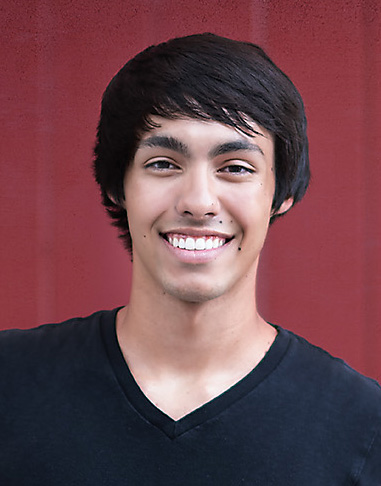 Zachary Binder
Zachary Binder
Audio Engineer |
Zachary Binder is a recent graduate from Florida Atlantic University with a Bachelor of Music degree in Commercial Music with a concentration in music technology. Zachary has worked with Hoot/Wisdom Recordings as an audio engineer, producer, songwriter, and musician. He has and continues to work as a freelance audio engineer, working on a variety of projects such as short films, recording small ensembles, and recording and producing popular music genres. | |
 Brendan Lyons
Brendan Lyons
Audio Engineer |
Brendan Lyons is an audio engineer, producer and songwriter from Coconut Creek, FL; and a graduate of FAU’s commercial music technology program. He specializes in Indie/Alternative Rock, and Folk music. He is the frontman and primary songwriter of the band Toledo and regularly participates in other local recording projects as a collaborator. |